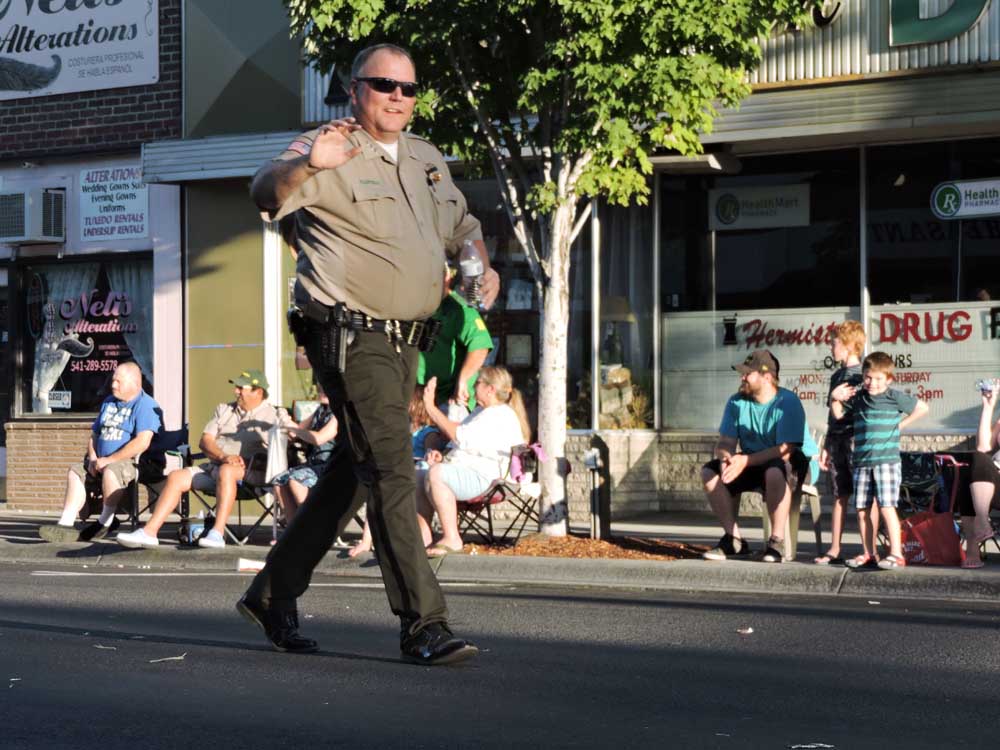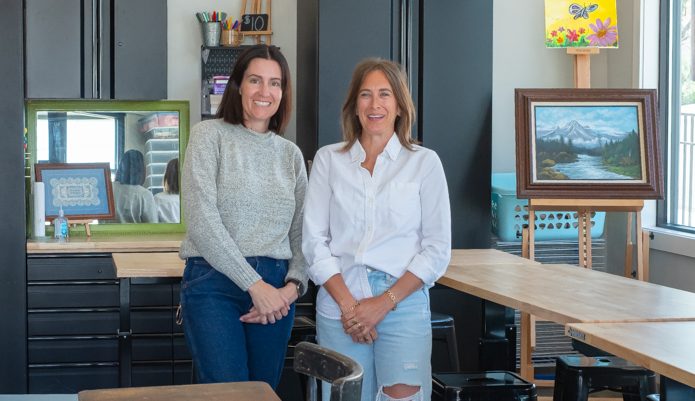Artist hopes donated works help inspire Round-Up competitors
Published 11:45 am Thursday, September 12, 2002
PENDLETON – Penney Lockhart donated two of her original art works to the Round-Up and Happy Canyon Hall of Fame Monday night at a banquet for new inductees into the hall.
A large watercolor titled, “Some of Our Best Cowboys Are Indians,” honors Jackson Sundown, the 50-year-old Nez Perce who won the 1916 bronc riding event against men half his age at that year’s Pendleton Round-Up.
“I did this piece on Jackson Sundown to honor his family and the Nez Perce,” Lockhart said. “I am hoping that when the Native American cowboys and cowgirls come to compete, and they come to the new Hall of Fame and see this painting, it inspires them.”
Sundown is often remembered for his accomplishments as a bronc rider, she said, but he is seldom depicted as a warrior. Her painting shows both, a younger, all-around warrior in the foreground and the traditional cowboy in the background.
Sundown was 11 years old, she said, when he and others hid under buffalo robes until they could escape from soldier attacks at the Battle of the Big Hole. He later escaped from Army troops at Bear Paw by hanging onto the saddle and side of his horse, so the soldiers thought the horse had no rider.
The other work, a three-dimensional sand portrait, honors Confederated Tribes of the Umatilla Indian Reservation elder Tessie Williams, who worked with the Round-Up and Happy Canyon on behalf of the Tribes for many years. Inducted in 1991, Williams is noted as a liaison between the Tribes and the Pendleton community. She was chaperone for the Happy Canyon Court for nine years and is known for encouraging young people to keep the American Indian tradition alive.
In addition to her work on behalf of the Round-Up and Happy Canyon, “she’s the nicest lady I’ve ever known,” said Tim Largent, Hall of Fame volunteer.
Lockhart’s sand pieces are executed in a unique way, she said. She uses naturally colored sand built up to add depth to portraits. Sometimes the sand is washed in watercolor to give it the hue needed. The sand paintings are mounted in shadow box frames with floating mats to add more depth.
Transparent washes of watercolor give her work the vibrant color of an oil painting, she said. She loves the detail in every blade of grass, piece of fur, line in a face and bead on regalia. Sand and color are carefully blended to achieve the desired effect.
Lockhart, of the Tombiglee studio in Burley, Wash., attended Ferris State University in Big Rapids and Trident Technical College in Charleston, S.C., on the path to an associate’s degree in graphic illustration. She has been an artist for 28 years.
Her studio is named in honor of her family descended from the Choctaw people who lived by the Tombiglee River.





